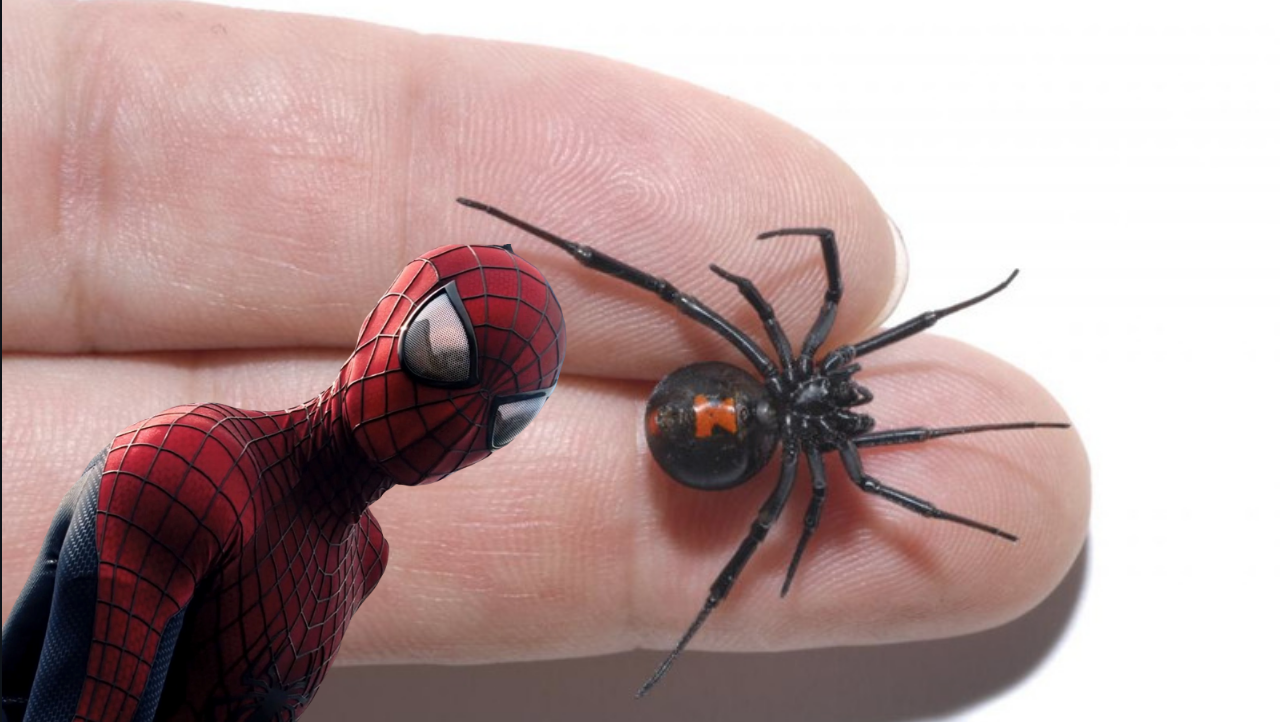Bizarre
Three Boys Provoked Black Widow Spider To Bite Them So They Could Turn Into Spider-Man
Three young boys were hospitalized after allowing a black widow spider to bite them, in hopes that they would gain superhuman powers like the fictional character “Spider-Man.”

(TMU) – Three young boys from Bolivia were hospitalized after allowing a black widow spider to bite them, in hopes that they would gain superhuman powers like the fictional character “Spider-Man.”
Black widow spiders are dangerous but don’t typically bite unless they feel threatened, so the three brothers, ages 8, 10 and 12, were reportedly prodding the spider with a stick so it would bite them.
The boys found the spider while they were herding goats in Chayanta, a Ministry of Health official said at a press conference last weekend.
They instantly regretted their decisions after feeling the intense sting and pain of the bite and began to cry. Their mother noticed their cries and rushed them to a local doctor. They were then transferred between two different hospitals, before being treated at the Children’s Hospital in La Paz the next day for fevers, tremors and muscle pains.
Epidemiology chief at the Bolivian Ministry of health, Virgilio Pietro warned parents to make sure that their children knew the difference between real life and fiction.
“For children everything is real, movies are real,” Pietro told Telemundo.
The boys also must have missed the part in the story where Peter Parker was bitten by a radioactive spider, not just the average black widow, but with their young ages it makes sense that they would have missed out on that vital detail. It should go without saying that you should not let radioactive spiders bite you either, if you were ever to find such a thing.
Bites from a black widow can be fatal on rare occasions, especially for children, the elderly, and people with underlying health conditions, but luckily the boys were released from the hospital in good shape about a week after they were bitten.
While people have been known to lose their lives from a black widow bite, it is actually incredibly rare, and their reputation is a bit overblown.
In the United States each year, about 2,200 people report being bitten by a black widow, but most do not need medical treatment. In the United States, no deaths due to black widows have been reported to the American Association of Poison Control Centers since 1983.
Black widow spiders are native to North America, South America, and southern Europe. They are also found in Australia, New Zealand, and South Africa. As with most spiders, black widows primarily feed on insects.
According to the National Poison Control Center:
“Black widow spiders are about the size of a half-dollar, including the legs. They appear hard, black, and shiny. The abdominal section is large and rounded. The classic marking is a red hourglass shape, but the marks can be orange or white or tan. Also, the markings might be dots or spots, instead of the typical hourglass shape. The webs look tangled and messy.
These spiders like dark, undisturbed areas. You might find them in stacks of wood, brush piles, corners of garages and sheds, under flowerpots, inside gardening gloves and boots, and other sheltered places. Black widow spiders won’t come after you. But if they feel threatened, they will bite.
A black widow spider bite often is painful right away. There will be tiny puncture wounds at the bite site, with some local swelling. Wash the area well with soap and water. If there is no pain, or if the pain is mild, no special treatment is needed.”
Typos, corrections and/or news tips? Email us at Contact@TheMindUnleashed.com
